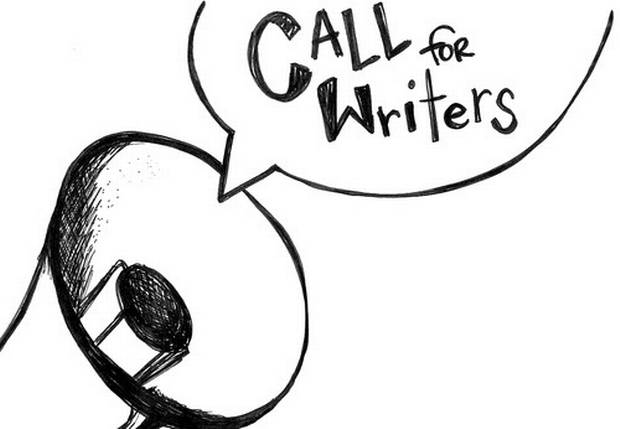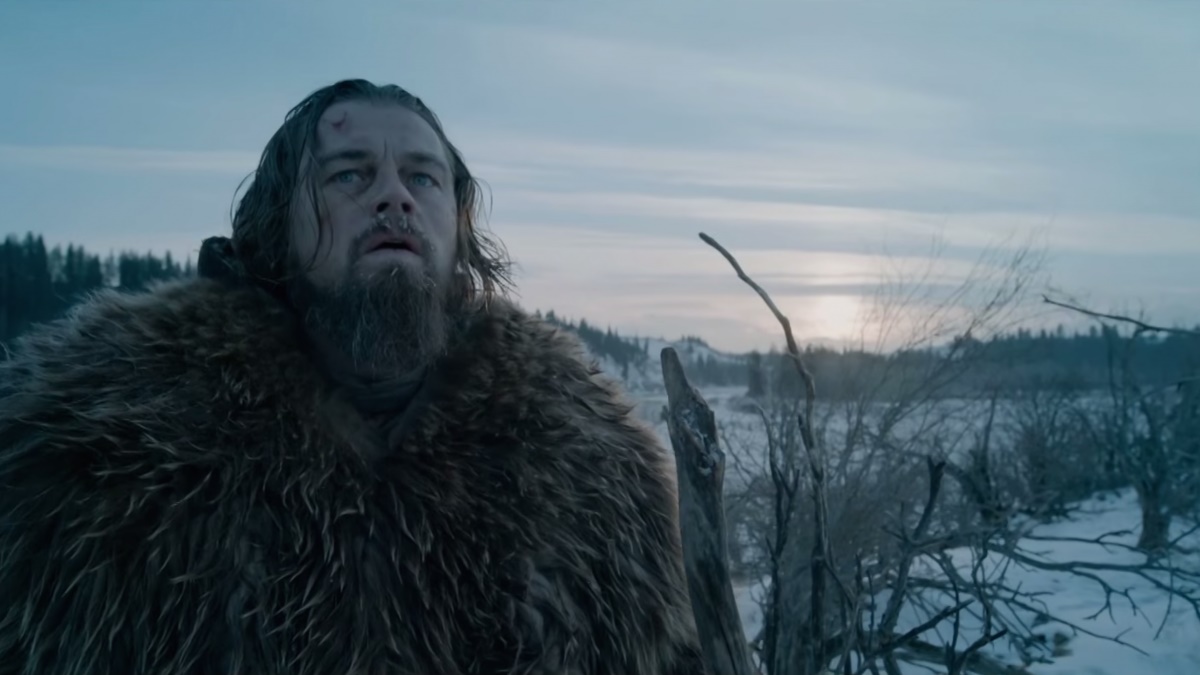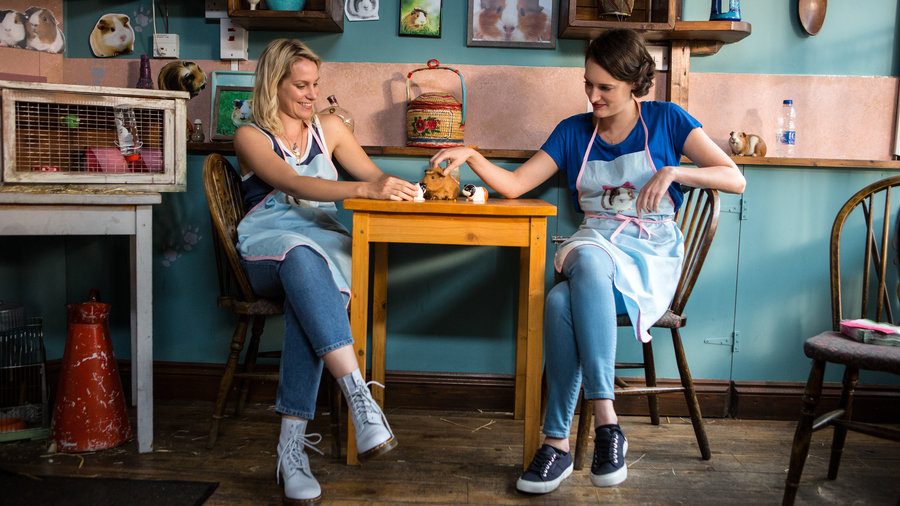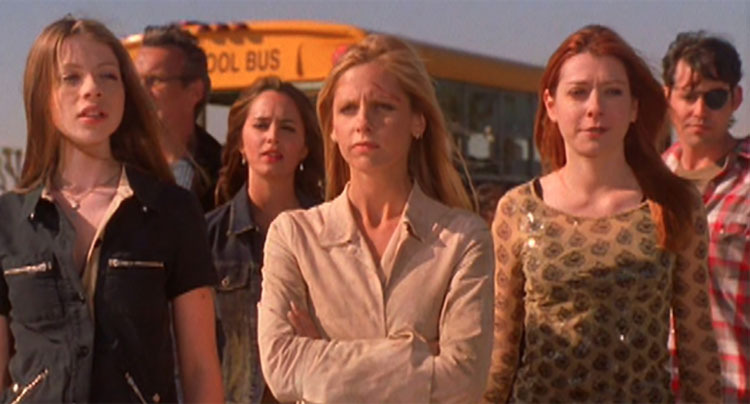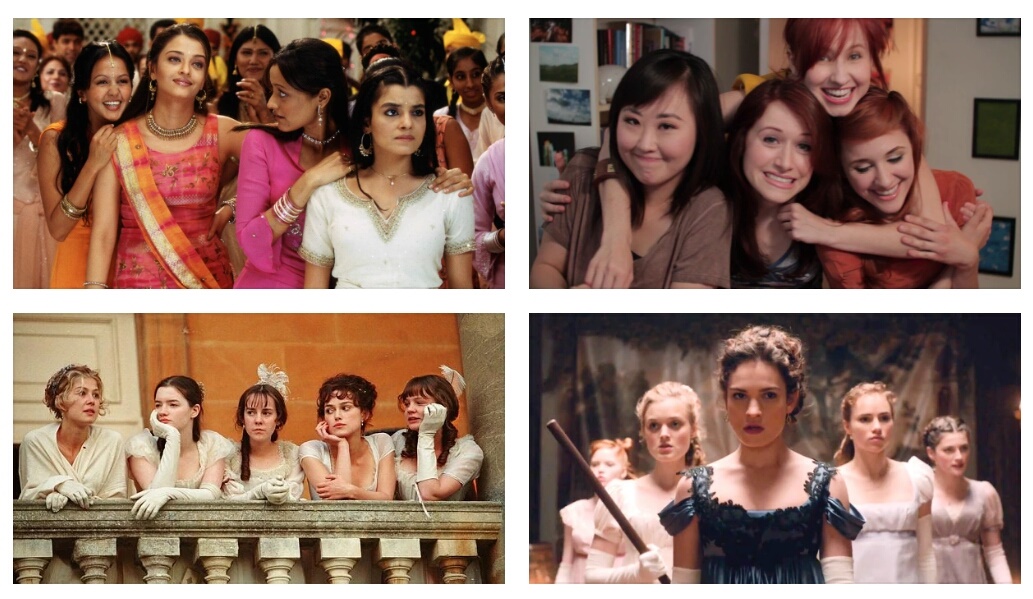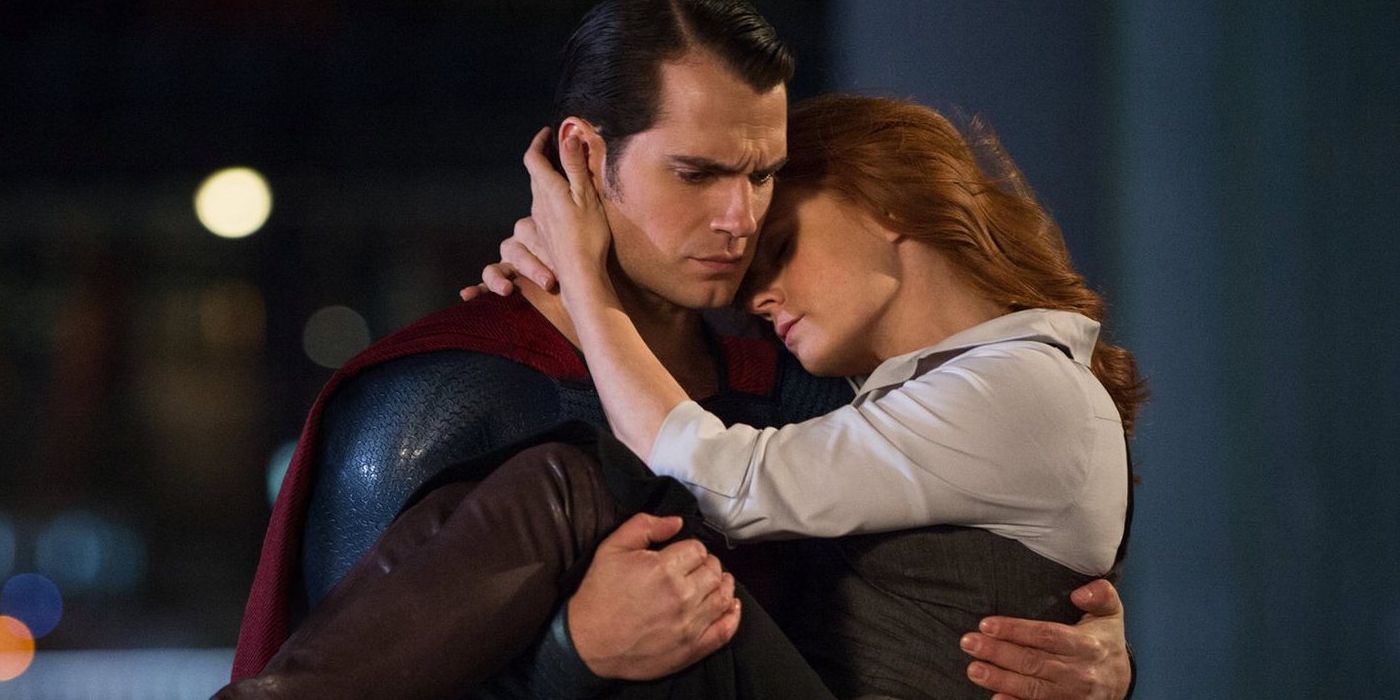Call for Writers: Women Directors Week
Women directors face myriad obstacles: despite there being an abundance of talented female directors struggling to produce work, many companies refuse to give them projects — only 3.4% of all film directors are female, only 7% of the 250 top-grossing movies in 2016 were directed by women… Despite all these obstacles and hardships, women continue to make amazing work with a wide range of genres and topics.
